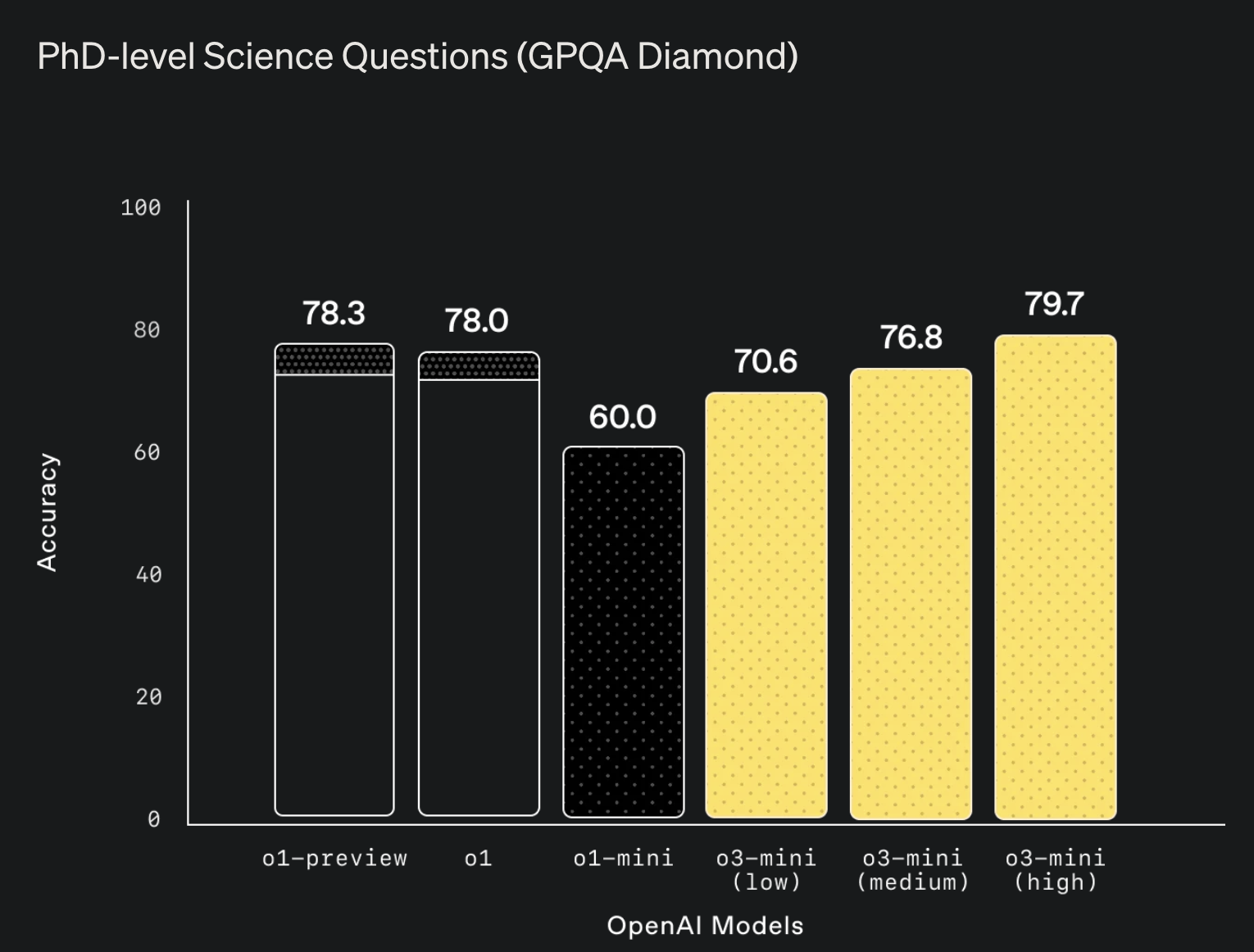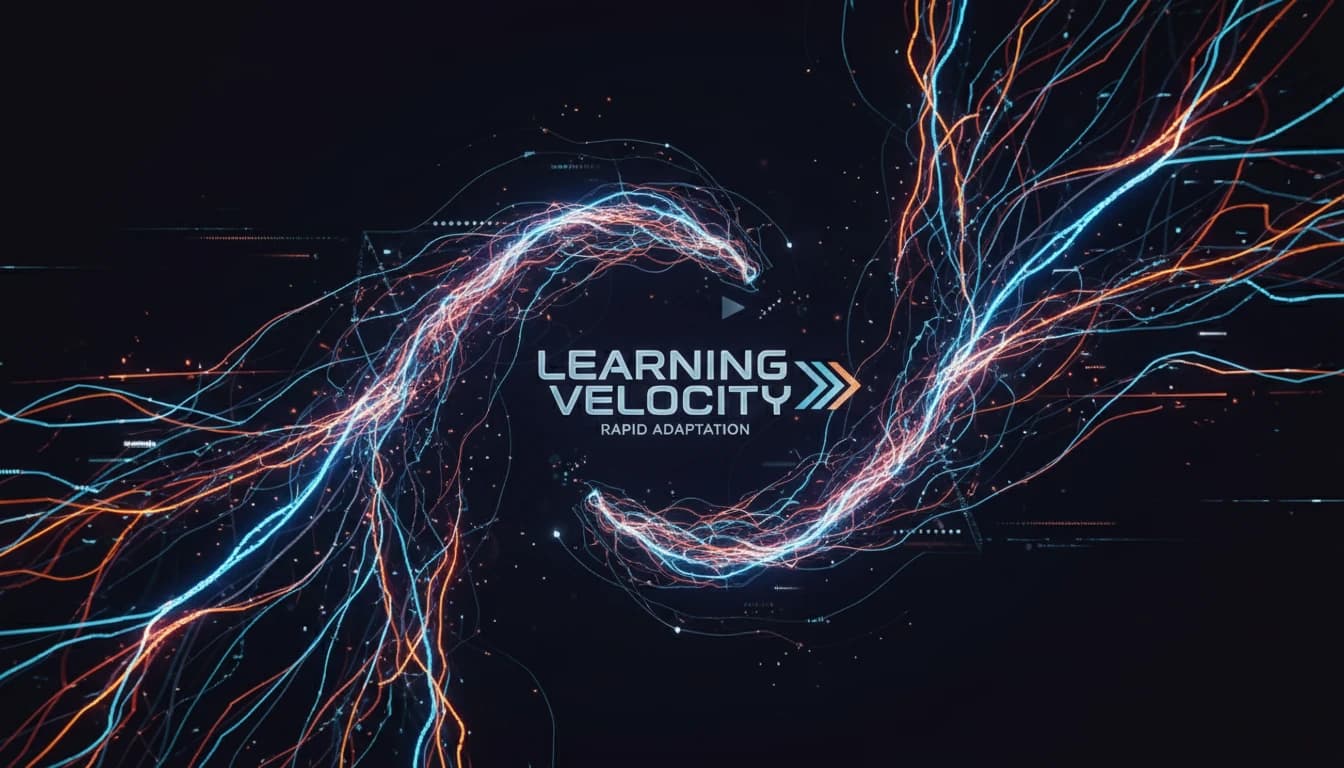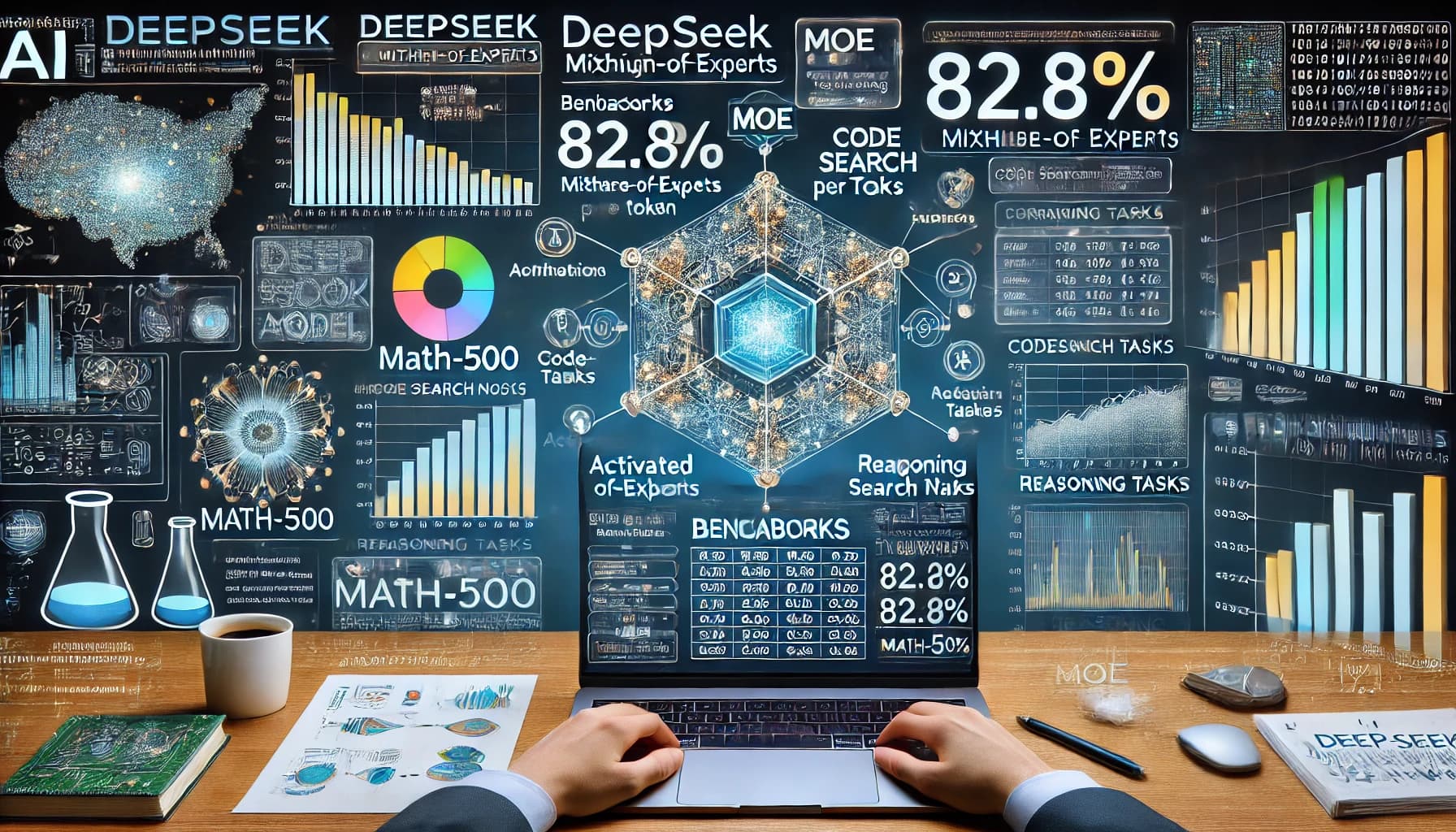o3-mini vs. DeepSeek R1: Which AI Model Wins in Performance & Cost?
**Introduction: A New Wave in AI Development**
The artificial intelligence landscape is evolving at breakneck speed, with each major release reshaping the competition. OpenAI’s latest model, **o3-mini**, has sparked discussions across the industry. Touted as a **cost-efficient yet powerful reasoning model**, it aims to make advanced AI capabilities accessible to more users. But what does this mean for the AI ecosystem? And how does o3-mini compare to its rising competitor, **DeepSeek R1**?This article unpacks why o3-mini matters, how it compares to DeepSeek, and what its release signals for the AI race.
**What is OpenAI’s o3-mini?**
**A Compact Yet Powerful Model**
OpenAI’s **o3-mini** is a **smaller, cost-efficient AI model** designed to improve reasoning tasks. It enhances problem-solving in complex domains like **mathematics, coding, and scientific research**, making it a valuable tool for developers and businesses alike.The key advantages of o3-mini include:
✅ Enhanced Reasoning: Breaks down complex problems into smaller, manageable steps.
✅ Lower Cost: More resource-efficient compared to previous models.
✅ Faster Responses: Optimized for reduced latency and quicker interactions.
OpenAI has made o3-mini available for free on ChatGPT (with some usage limits) and has also integrated it into the API for developers. This strategy allows broader access to powerful AI tools without high computational costs.
🔗 Source: OpenAI Blog
**Why Does This Release Matter?**
**A Strategic Move in an Intensifying AI Battle**
The launch of o3-mini isn’t just about improving AI capabilities; **it’s a strategic move** in an increasingly competitive market. OpenAI faces mounting pressure from emerging AI labs, particularly **DeepSeek**, which has been making waves with its **R1 model**.Recent months have seen the rise of smaller, optimized AI models that rival OpenAI’s offerings. DeepSeek R1, for instance, has demonstrated impressive efficiency and reasoning capabilities, forcing OpenAI to accelerate innovation and introduce o3-mini earlier than expected.
“The release of o3-mini is a clear response to competition, proving that the AI race is heating up.” – Wired
🔗 Source: Wired
**Performance Against Previous OpenAI Models**
**How Does o3-mini Compare to OpenAI's Earlier Models?**
The launch of o3-mini isn't just about competing with DeepSeek—it also marks a **substantial upgrade from OpenAI's previous models** like **o1-mini and o1**.✅ Stronger Reasoning: Testers preferred o3-mini's responses over o1-mini 56% of the time due to improved logical deduction and accuracy.
✅ Fewer Errors: o3-mini reduces major mistakes by 39% compared to o1-mini, making it more reliable.
✅ Superior Coding Performance: In coding benchmarks, o3-mini outperforms o1-high, particularly at higher reasoning levels.
✅ Faster Response Time: On average, o3-mini is 24% faster than o1-mini, reducing wait times for users.
✅ Improved Safety: OpenAI has implemented stronger safety measures, reducing harmful outputs compared to previous models.
| Metric | o3-mini | o1-mini | o1 |
|---|---|---|---|
| Reasoning Preference | 56% preferred | Lower accuracy | Moderate |
| Error Reduction | 39% fewer errors | Higher error rate | More stable |
| Coding Performance | Strongest | Weaker | Competent but slower |
| Response Speed | 24% faster | Slower | Moderate speed |
| Math & Science Accuracy | High | Lower | Moderate |
| Safety Measures | Stronger protocols | Higher vulnerability | Secure but less optimized |

🔗 Source: OpenAI Blog
**o3-mini vs. DeepSeek R1: Who Wins?**
One of the biggest **questions among AI enthusiasts** is how o3-mini stacks up against **DeepSeek R1**, a model developed by a fast-rising AI lab that has received strong industry recognition.| Feature | OpenAI o3-mini | DeepSeek R1 |
|---|---|---|
| Reasoning Capabilities | ✅ Strong logical deduction | ✅ Competitive, but varies |
| Response Speed | ⚡ Optimized for fast interactions | ⏳ Slightly slower |
| Creativity & Language Depth | 🧐 More structured and logical | 🎨 More detailed and expressive |
| Availability | ✅ Free via ChatGPT & API | ✅ API access but less widespread |
| Error Reduction | 📉 39% fewer major errors than o1-mini | 🔄 Comparable but case-dependent |
**Key Takeaways**:
✅ **o3-mini is a solid improvement in reasoning** and technical problem-solving, making it great for structured tasks. ✅ **DeepSeek R1 appears more creative and detailed** in general knowledge and language-based tasks. ✅ **OpenAI is focusing on making models more efficient**, while DeepSeek is pushing the boundaries of generative quality.🔗 Source: Reddit AI Discussions
📺 For an in-depth comparison, check out this video:
o3-mini vs. DeepSeek R1
**What’s Next? The Future of AI Competition**
OpenAI’s release of o3-mini **signals an industry-wide shift**: AI companies are racing to develop **smaller, faster, and more cost-efficient models** while maintaining high performance.**What This Means for the Industry:**
🚀 **Expect more rapid AI releases:** Companies like OpenAI, DeepSeek, and Anthropic will continue refining and launching new models. 💰 **AI models will become cheaper and more accessible:** o3-mini’s **free availability** suggests that premium AI tools will soon be widely available. 🧠 **Smaller, efficient models will redefine AI usage:** Instead of large, costly models, the focus will shift to **leaner, specialized AI** solutions."OpenAI’s move with o3-mini is just the beginning. The real AI battle is only getting started." – Business Insider
🔗 Source: Business Insider
**Conclusion: Is o3-mini the Future of AI?**
The **release of OpenAI’s o3-mini is more than just another model launch**—it’s a statement in the evolving AI landscape. While **DeepSeek R1 and other competitors are making significant progress**, OpenAI remains a dominant force, continuously adapting to the challenges.So, should you use o3-mini?
✅ If you’re looking for efficient, cost-effective AI reasoning, it’s a great choice.
✅ If you prefer more creative and detailed AI responses, DeepSeek R1 might be worth exploring.
What’s clear is that AI competition is intensifying, and users will benefit from more powerful and affordable models in the near future. Stay tuned—this is just the beginning of a new AI era.
🔗 What do you think? Share your thoughts in the comments below!
**📢 Want More AI Insights?**
🔹 Follow **[staituned.com](https://staituned.com)** for deep dives into AI trends. 🔹 Subscribe for **weekly updates on AI developments, tools, and strategies**. 🔹 Join the **conversation on LinkedIn!** ([Your LinkedIn Profile Link])🚀 Let’s shape the AI future together!







